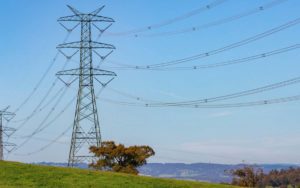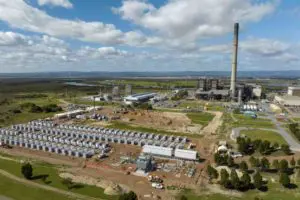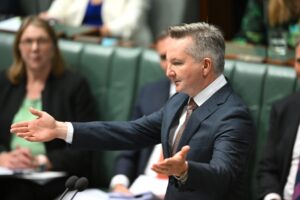Most Australian households and businesses on the default retail offer for electricity can expect small, but welcome, discounts on their power bills from July, with prices for 2024-25 locked in ever so slightly below the levels proposed by regulators in March.
Final determinations on the Default Market Offer – which caps the price electricity retailers can charge the small proportion of household and small businesses on standard plans – have been published by both the Essential Services Commission, which covers Victoria, and the Australian Energy Regulator, which covers New South Wales, South East Queensland and South Australia.
For the states covered by the AER, the regulator says most residential customers – unless they live in south east Queensland – can expect price reductions of between 1% to 6% while some may have increases between 2% and 4% depending on their region and whether they have a controlled load.
Most small business customers could see reductions between 1% and 9% while some could face modest increases of around 1% depending on their region.
For NSW households on the DMO (without a controlled load), this should mean paying $86 to $124 less than last year for electricity; for small businesses, a discount of between $292 and $592 can be expected. In South Australia, DMO households can expect to shave around $150 off the annual bill, while businesses could see a $734 discount.
This is slightly better than what was proposed by the AER in March, but still pretty disappointing in the context of falling in wholesale electricity prices caused by the growth of renewables, and rooftop solar PV in particular.
In Victoria, the average rate Default Offer customers pay for their electricity will reduce by around $100 (or 6%) for residential customers and around $260 (or 7%) for small business customers, according to the ESC.
Meanwhile, in Queensland – ironically the state with the most customers on the DMO, although that number still comes in below 20% – prices have gone up, which means households can expect to pay around $8 more for electricity in 2024-25, unless they have a controlled load, in which case they might get a $53 discount.
Small businesses in the state’s south east do a bit better, and can expect to pay around $116 less for power than last year.
Both the AER and ESC said that while the cost of wholesale electricity has continued to be pushed down by cheap renewables – by as much as 21% in South Australia and up to 11% across NSW – network costs, the cost of poles and wires and other grid infrastructure, have gone up.
“Key drivers of increases in network prices include adjustments for under-recovery of revenue in prior years, updated capital and operating costs, increases in inflation and interest rates, increases in incentive payments and jurisdictional schemes, and for the NSW networks, the NSW Roadmap contribution allocations,” the AER says in its determination.
“Costs associated with managing bad and doubtful debts and an expansion in the roll out of smart meters have also resulted in increases in the retail cost component.”
Both regulators also noted that they had received “strong feedback” from consumers that electricity price settings should better reflect current economic conditions.
“We heard strong feedback from stakeholders that cost-of-living pressures continue to make it difficult for many in our community. Affordability and consumer protections remain a key focus for the commission,” said ESC CEO Sarah Sheppard.
“Your electricity retailer is obligated to tell you if they can offer you a better deal at least once every three months. Retailers must also assist customers experiencing bill stress,” she said.
“Today’s figures show a welcome downward trend for prices but we know there’s more to do,” said federal energy minister Chris Bowen on Thursday.
“Our Reliable Renewables plan backed up with storage, flexible gas and transmission, is the only plan backed by experts to deliver the lowest cost energy where and when we need it to power households and industries.
“Peter Dutton’s risky reactors are up to eight times more expensive than firmed renewables, and won’t generate any power in Australia before 2040 – it’s a plan to leave Australian households and businesses in the dark,” Bowen said.










